There can be your advertisement
300x150
How to Paint Brick Wall: 9 Important Points
Bright or whitewashed brick walls are a popular interior decoration. We found answers to all your questions about how to prepare the surface and paint the brickwork, as well as which shades and effects are in style.
Fireplace arches, kitchen backsplashes, fragments of old walls and new decorative brickwork – brick is constantly found in interiors, and it's not going out of style and increasingly becomes an object for design experiments. Updating a brick wall yourself is easiest with paint – but when painting, several important details must be taken into account.
1. No Going Back
If you've firmly decided to repaint a wall built with brick, know that removing the paint from it is practically impossible. The original terracotta color can never be restored, and you can only change the color by repainting. And repainting will definitely be needed: in about five years, the paint will likely fade and even flake off.
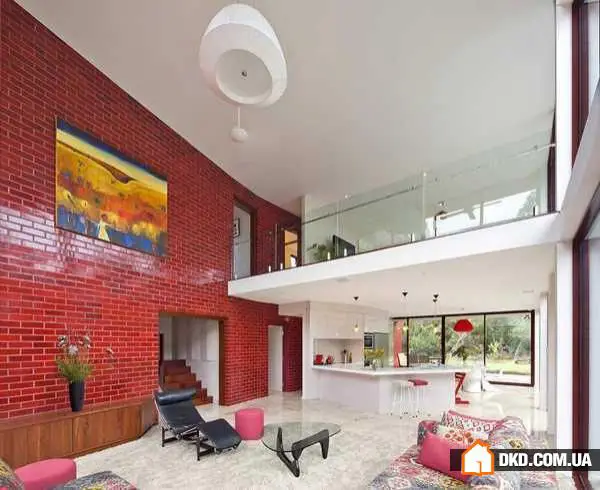
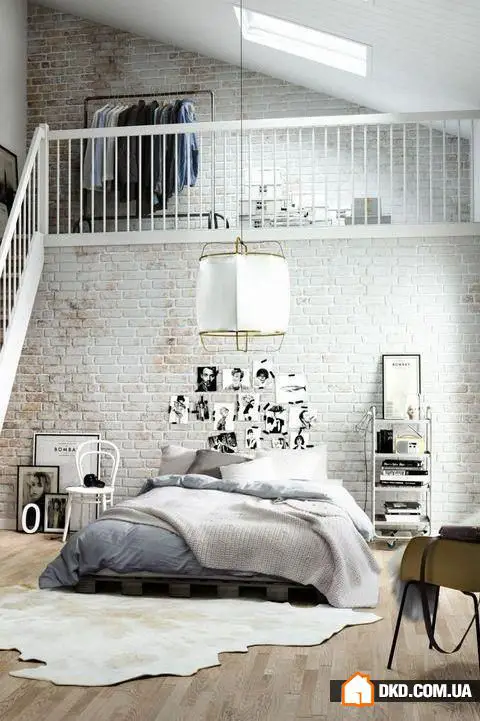
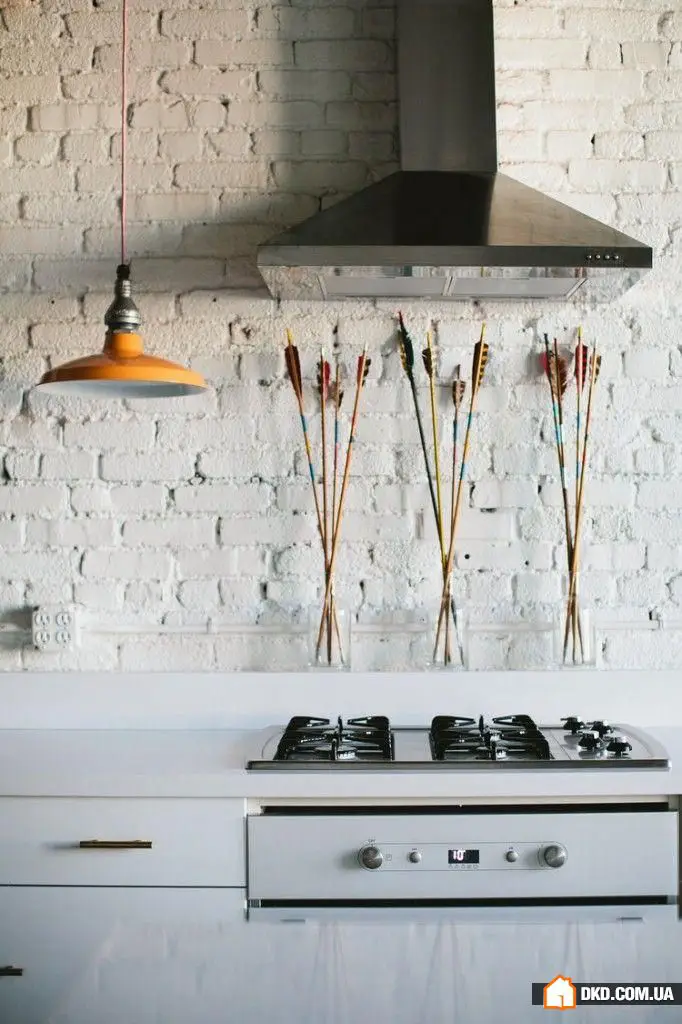
2. Natural Means Capricious
Brick is a porous, 'breathing' material. Building codes and regulations assume long-term weathering and drying periods for it. If you decide to paint a new wall that has been in its original state for less than a year, be prepared for surprises: salt deposits and moisture stains can ruin the appearance of the painted wall.

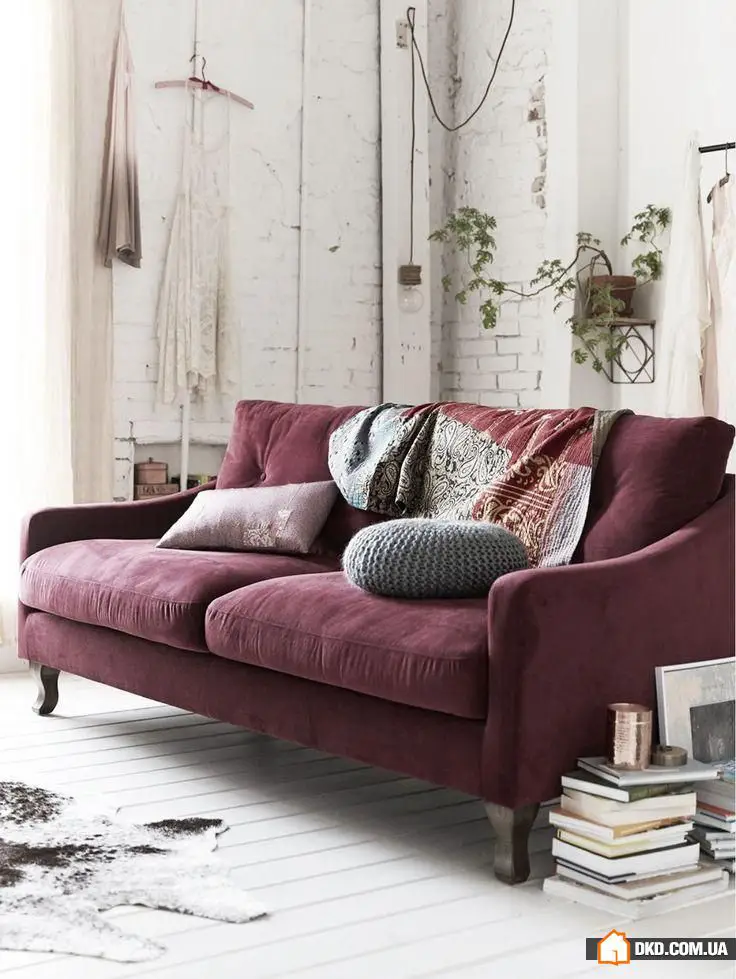
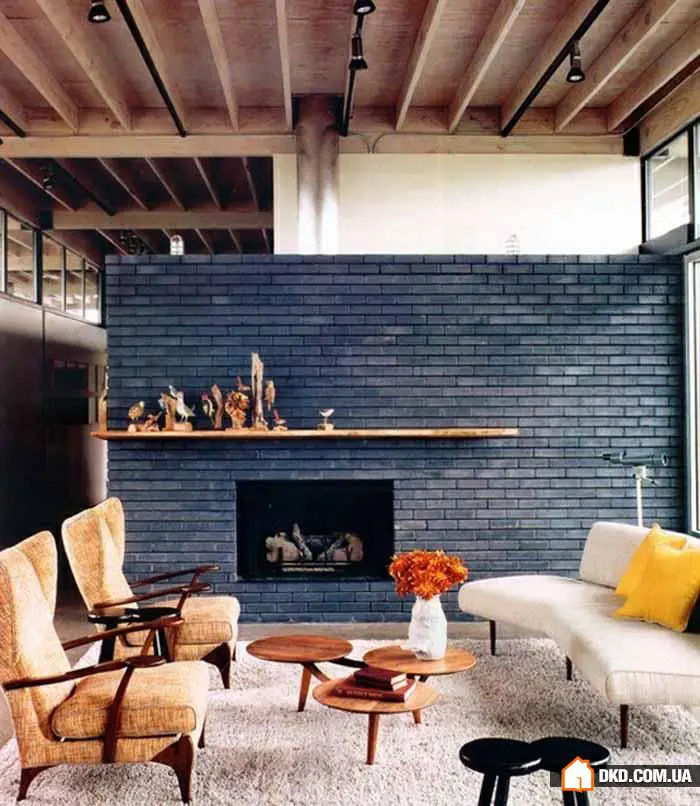
3. Thorough Preparation Is the Key to Success
The surface before painting must be clean. All salt stains should be scraped off with a metal brush (never use acid!). Wash the wall with soapy water and leave it to dry: brick masonry needs about a week for all excess moisture to evaporate from its pores.
4. Achieving the Desired Result
All individuality of brick lies in its rough texture, which is true, but large flaws should still be spackled or plastered. The romantic charm of olden times won't disappear, but it's much more convenient to paint over brickwork without chips or cracks. A finished surface looks neater.
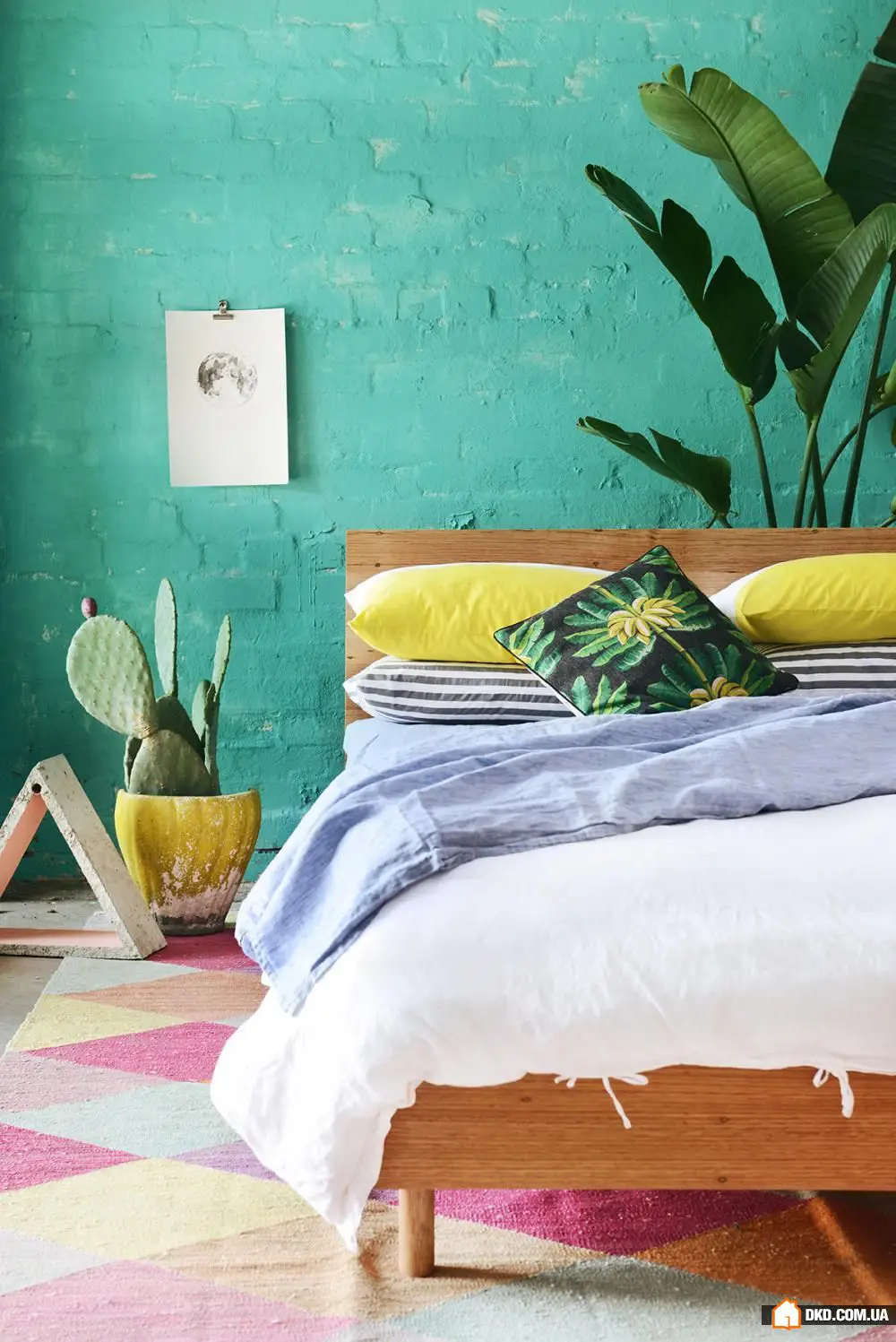
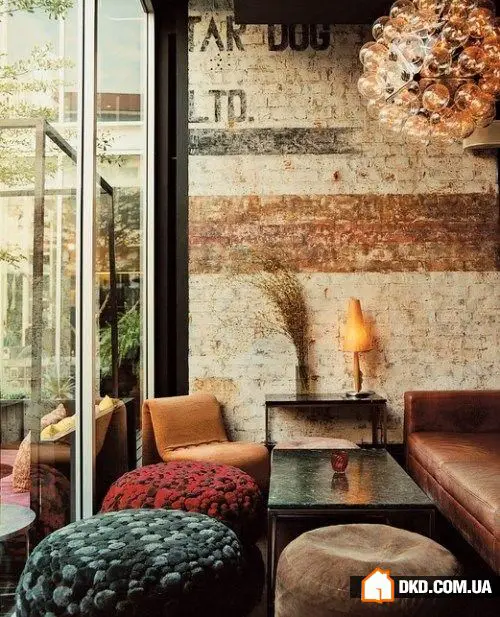

5. Choosing the Paint – Safety and Visual Effect
The main thing is not to mistakenly choose facade paint. Of course, such materials are better suited for painting porous surfaces, but they contain many harmful volatile substances for health. You need interior paints – you can choose acrylic or oil-based for matte or semi-gloss effect. Or use oil paint – it gives brickwork a soft shine.

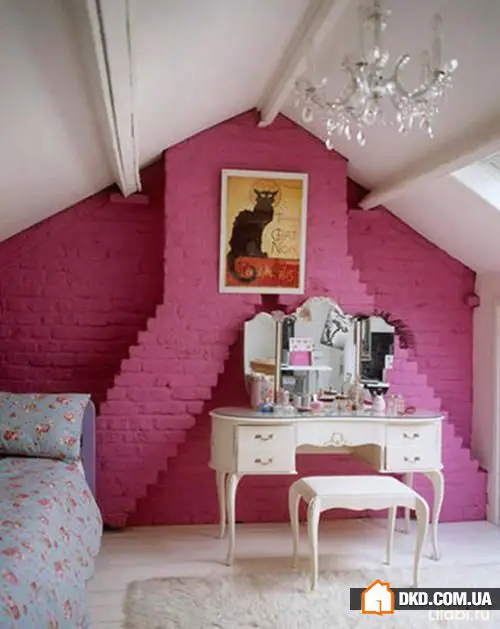

6. Primer – the Most Important Step
Primer should be chosen based on paint selection, but in any case it must deeply penetrate the base and create a strong water-repelling film. Apply primer in a thick layer – and allow it to dry completely.
7. Smooth Color or Special Effects
It's better to paint a brick wall with a brush – it's easier to feel contact with the surface and apply even strokes. The direction of painting should be horizontal, following the brick pattern. For acrylic paint, brushes made from polyester fibers (but of high quality!) are recommended; oil-based and alkyd paints require brushes made from natural hair. The universal size and shape for painting walls is a flat brush 75 to 100 millimeters wide. For corner work, thinner brushes with a diagonal cut edge will do.
It's better to use a roller if you want to achieve a base coat effect: brick absorbs a lot of paint at once, so working with a roller on a smooth surface will take time. However, a careless coat will be easy and quick to apply!
If you use a sponge to apply paint, it will give an effect of old faded brickwork. You can bleach the wall with this method or make a translucent layer of paint (as in the case of using a roller). A sponge can be used to apply bronze or silver highlights, add contrast color spots, or paint images using stencils.
Another popular (but more labor-intensive) method of painting: cover each brick with paint of one tone and use a contrasting color for the mortar joints.
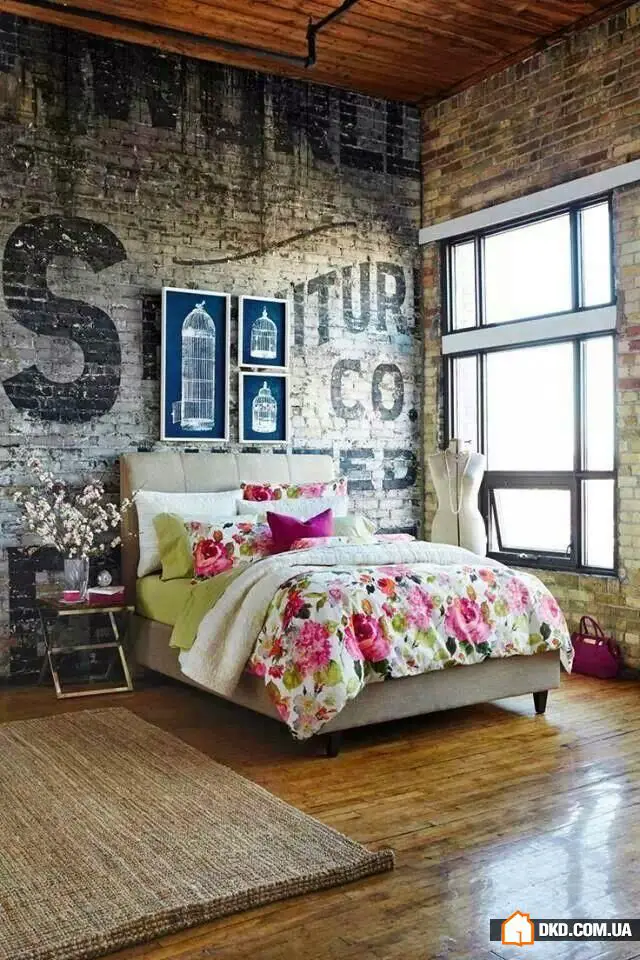

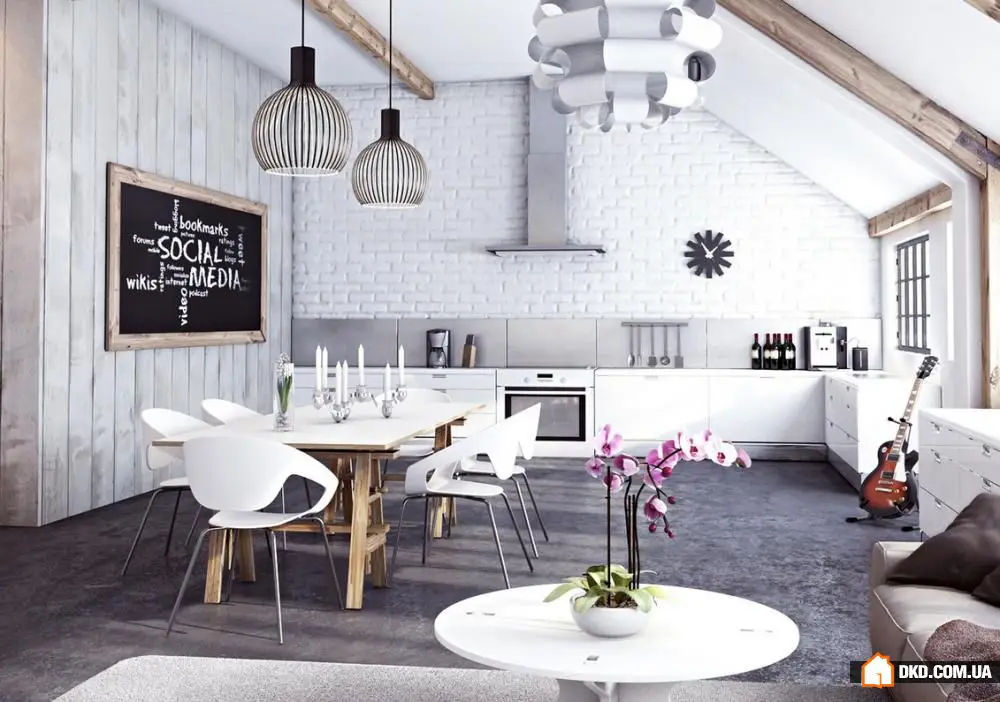
8. Stylistic Guidelines
There are no special barriers to using painted brick masonry in interior design. But it is most often seen in lofts or spaces reflecting the spirit of country or gothic styles. In the first case, designers choose vibrant colors, metallic effects, letters, numbers, graffiti on walls and even uniform painting. In various ethnic styles and gothic interiors, the wall is usually painted unevenly but with one non-bright tone – light or dark. The most popular is white, which makes the brick texture look especially stylish.
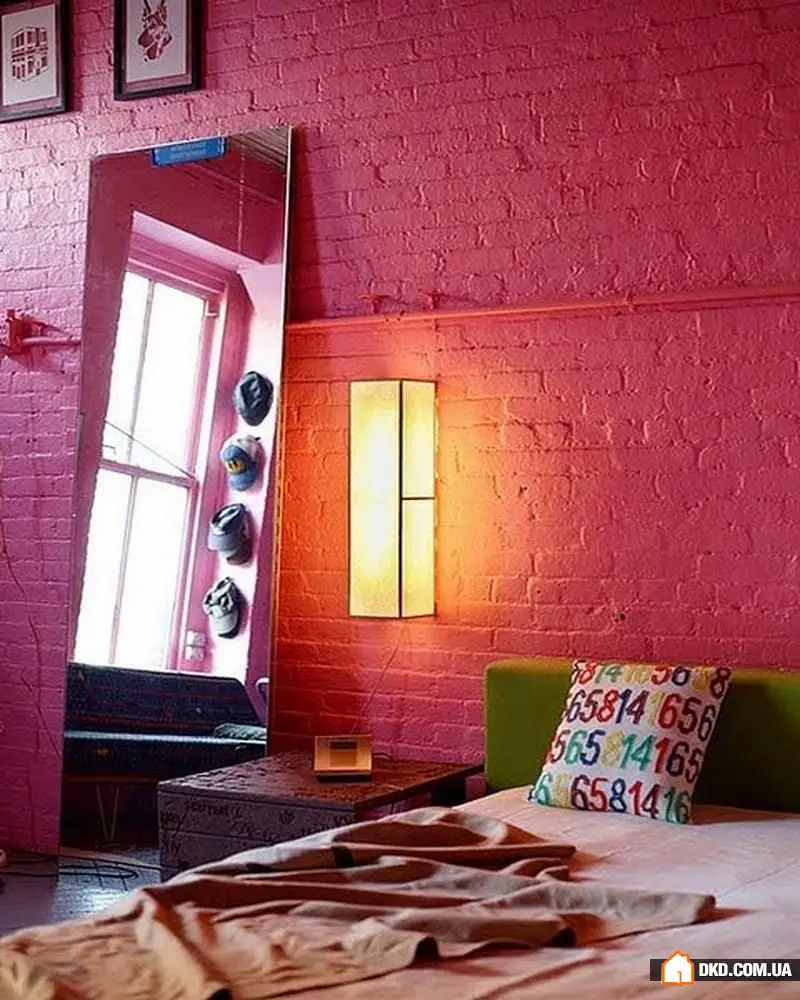
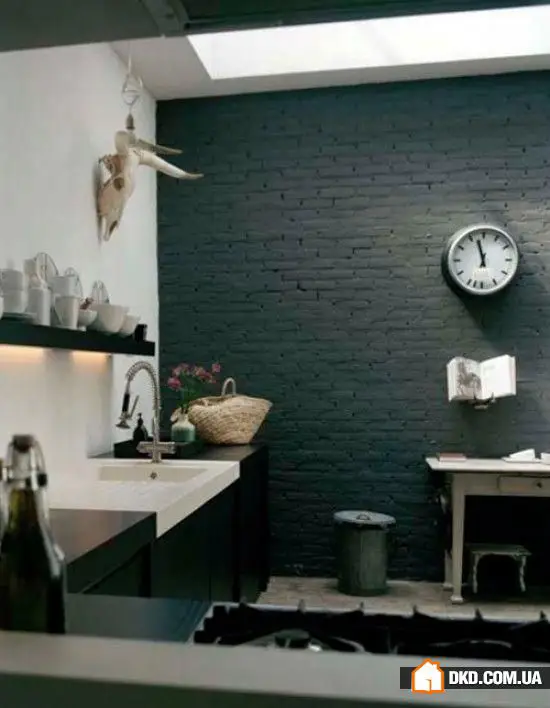
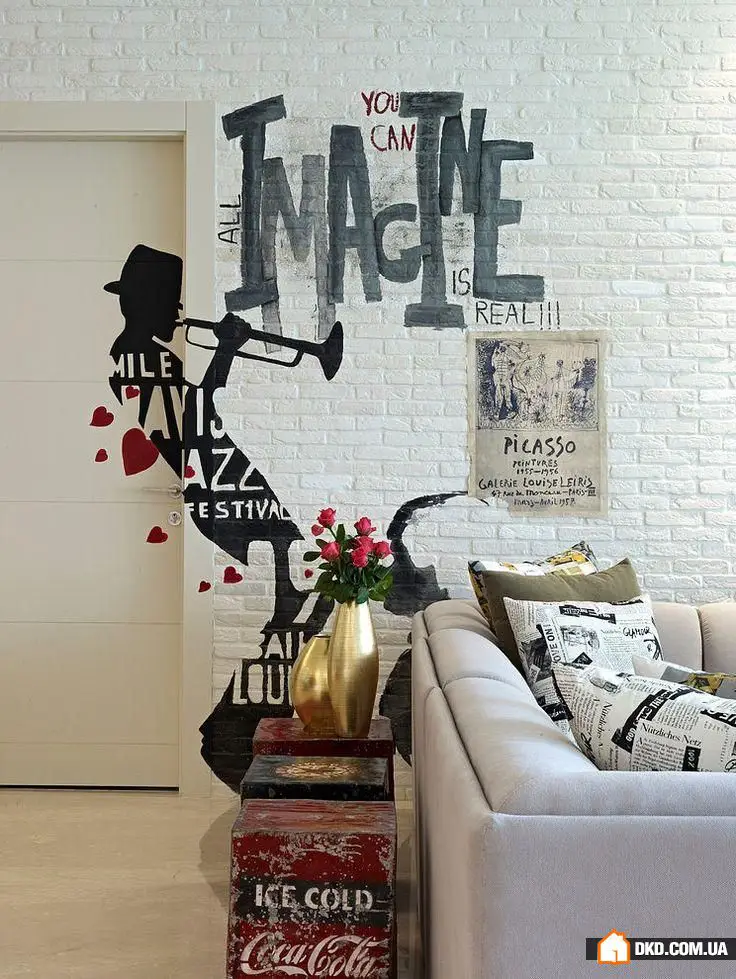
9. In Its Original State
If you somehow cleaned the wall of old plaster and found a beautiful brick wall that was never painted, and want to use it in the interior 'as is', without a paint layer, then it makes sense to apply brick impregnating oil. The special formula will refresh the surface, make the color brighter and more even, help remove small spots and protect against new stains. Home craftsmen use acrylic floor varnish (parket aqua) for the same purpose.
You can leave the brick wall unpainted, but it's necessary to keep it clean, prevent mold growth, wash it regularly and thoroughly dry the masonry.



More articles:
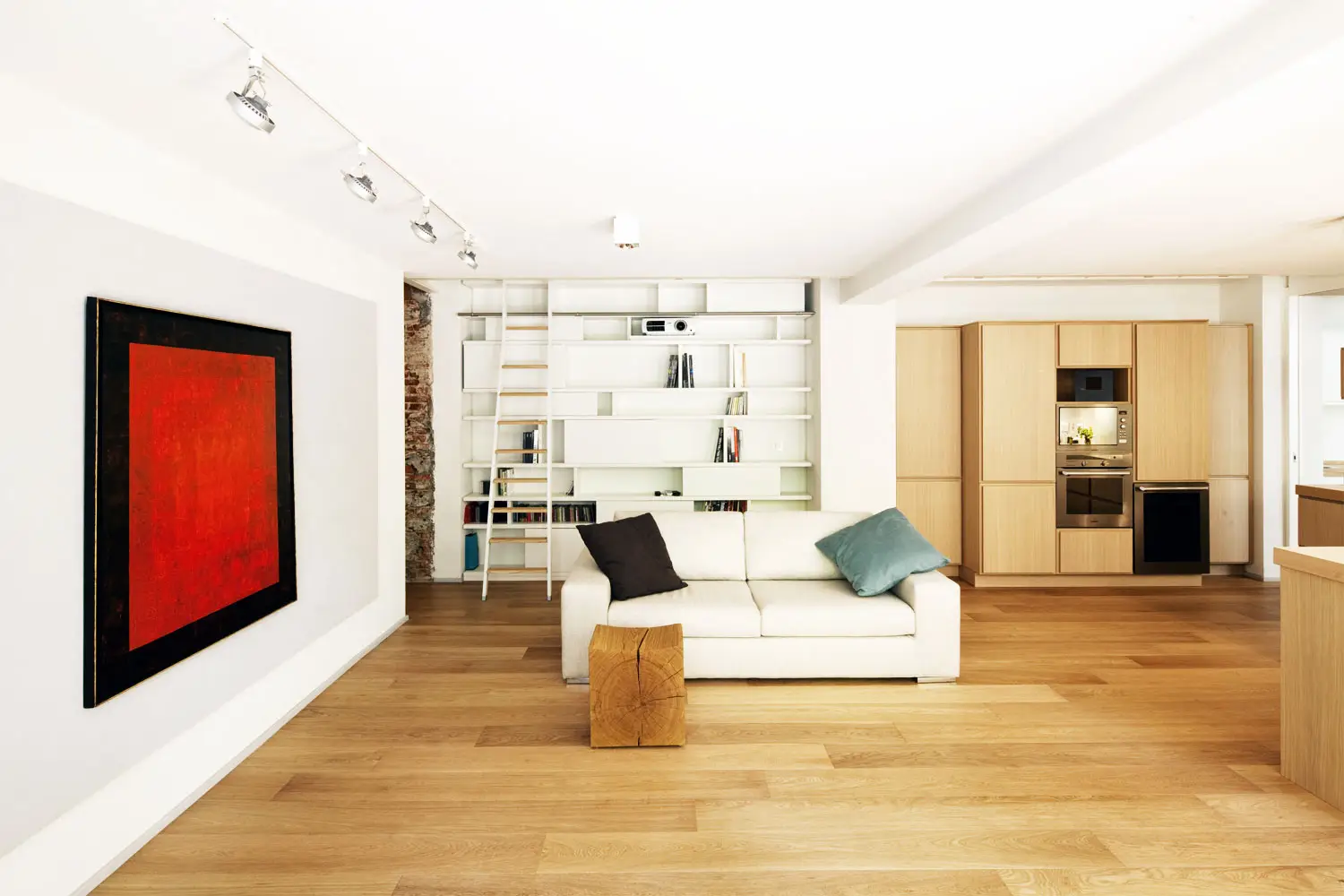 How to Choose Parquet for Home: Step-by-Step Guide
How to Choose Parquet for Home: Step-by-Step Guide Copper in Interior Design: 5 Ideas, 25 Examples
Copper in Interior Design: 5 Ideas, 25 Examples Small Life Hacks: 20 Ideas to Organize Accessory Storage
Small Life Hacks: 20 Ideas to Organize Accessory Storage How to Do a Cosmetic Kitchen Renovation: 6 Main Steps
How to Do a Cosmetic Kitchen Renovation: 6 Main Steps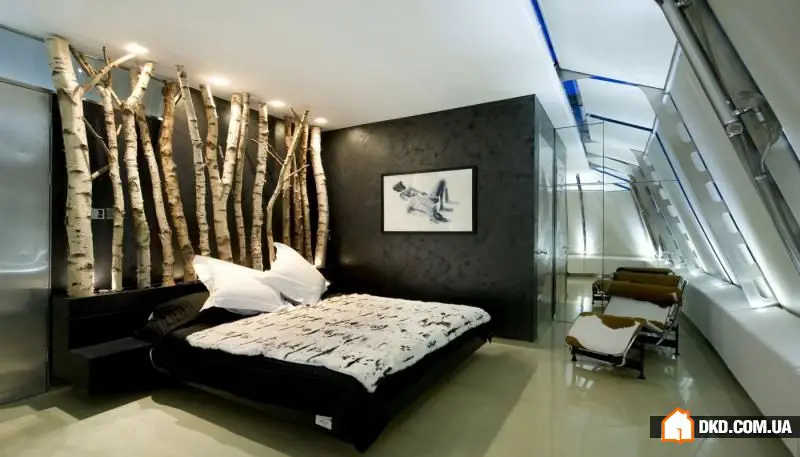 15 Stylish and Modern Bedroom Interior Design Ideas to Draw Inspiration From
15 Stylish and Modern Bedroom Interior Design Ideas to Draw Inspiration From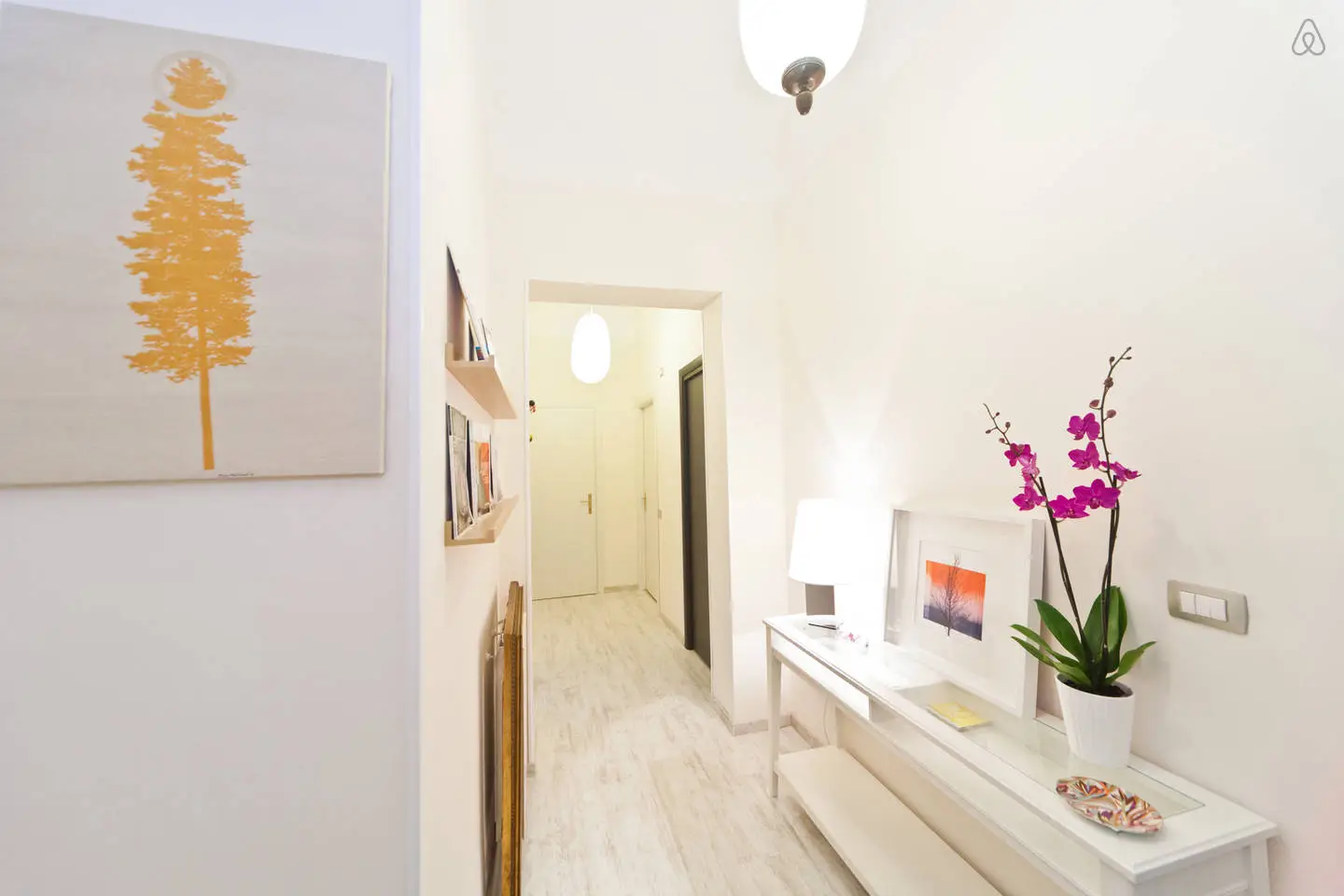 How to Decorate the Foyer: 9 Universal Feng Shui Rules
How to Decorate the Foyer: 9 Universal Feng Shui Rules How to Decorate Interior: 15 Trends of 2015
How to Decorate Interior: 15 Trends of 2015 Before and After: Cosmetic Kitchen-Dining Room Renovation
Before and After: Cosmetic Kitchen-Dining Room Renovation